Home>Renovation & DIY>Home Renovation Guides>How To Fix Water In Crawl Space
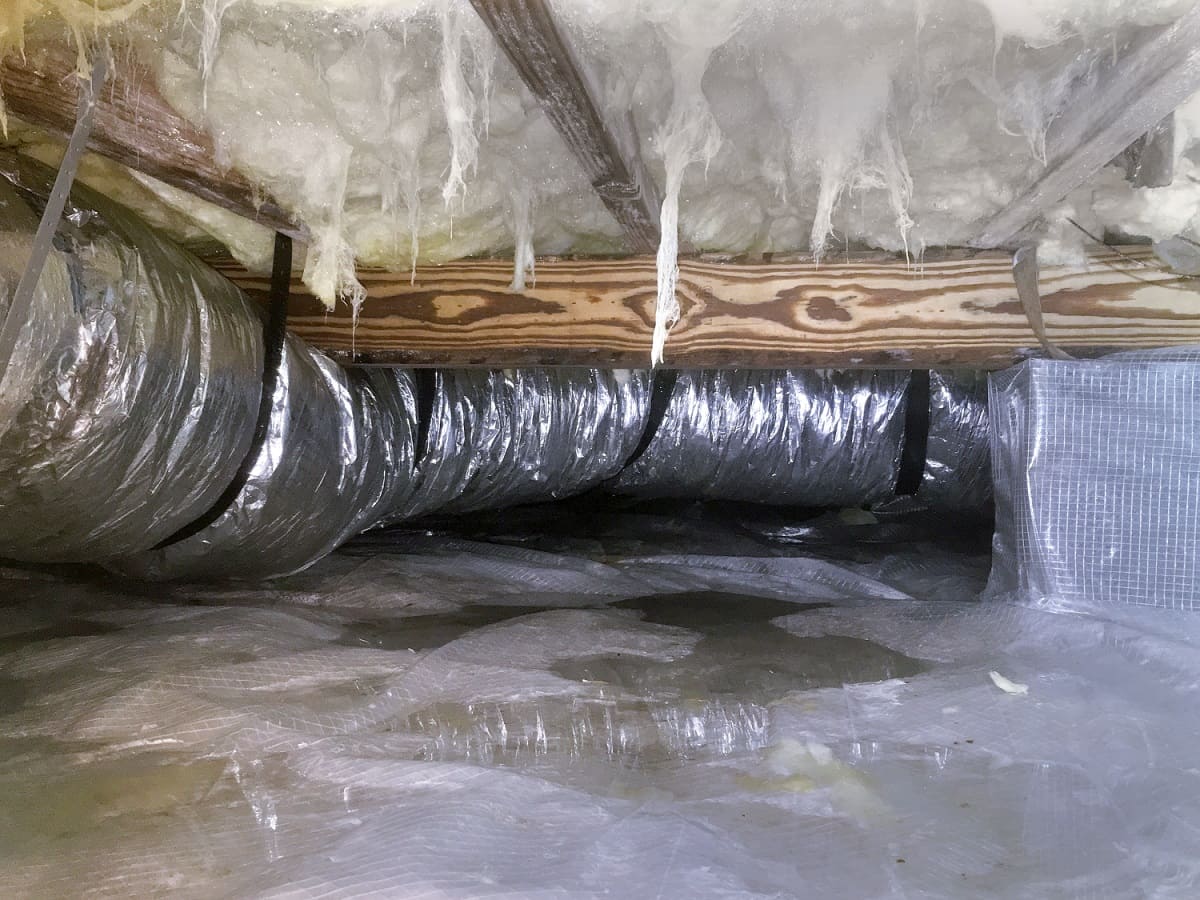

Home Renovation Guides
How To Fix Water In Crawl Space
Published: January 31, 2024
Learn effective methods to fix water issues in your crawl space with our comprehensive home renovation guide. Protect your home from moisture and damage today!
(Many of the links in this article redirect to a specific reviewed product. Your purchase of these products through affiliate links helps to generate commission for Storables.com, at no extra cost. Learn more)
Introduction
Dealing with water in the crawl space of your home can be a daunting and frustrating challenge. Whether it's due to heavy rainfall, poor drainage, or foundation issues, excess moisture in this area can lead to a host of problems, including mold growth, wood rot, and structural damage. However, with the right knowledge and proactive measures, you can effectively address this issue and safeguard your home from potential harm.
In this comprehensive guide, we will explore the various steps and strategies to tackle water issues in your crawl space. From identifying the source of water to implementing long-term solutions, we'll cover everything you need to know to restore the integrity of your home's foundation and protect it from water-related damage.
By understanding the underlying causes of water accumulation in your crawl space and learning how to mitigate these issues, you can take proactive steps to maintain a dry and healthy environment beneath your home. Whether you're a seasoned DIY enthusiast or a homeowner seeking professional guidance, this guide will equip you with the knowledge and confidence to address water-related concerns in your crawl space effectively.
So, let's dive into the essential steps and best practices for addressing water in your crawl space, empowering you to safeguard your home and ensure its long-term structural integrity.
Key Takeaways:
- Keep your crawl space dry by identifying and addressing the source of water, removing standing water promptly, and improving drainage to prevent moisture-related issues and safeguard your home’s foundation.
- Protect your home by repairing foundation cracks and installing a vapor barrier in your crawl space. These proactive measures mitigate water intrusion, preserve structural integrity, and create a healthier living environment.
Read more: How To Fix Crawl Space Moisture
Identifying the Source of Water
Before embarking on any remediation efforts, it's crucial to pinpoint the source of water in your crawl space. This initial step is fundamental in devising an effective and targeted strategy to address the issue at its core. Here are the key aspects to consider when identifying the source of water:
-
External Factors: Begin by assessing external factors that could contribute to water accumulation in the crawl space. Heavy rainfall, improper grading around the foundation, and inadequate drainage systems are common culprits. Inspect the surrounding landscape for signs of water pooling or improper runoff, as these can directly impact the moisture levels beneath your home.
-
Plumbing Leaks: Check for any plumbing leaks or damaged pipes within the vicinity of the crawl space. Even minor leaks can lead to significant water accumulation over time. Look for damp spots, water stains, or the sound of running water, as these are indicative of potential plumbing issues.
-
Condensation: Evaluate the crawl space for signs of condensation, especially in regions with fluctuating temperatures. Condensation can result from poor ventilation or insulation, leading to excess moisture buildup. Look for water droplets on surfaces or visible dampness on insulation materials.
-
Foundation Cracks: Inspect the foundation for any cracks or gaps that could allow water seepage into the crawl space. Even hairline fractures can serve as entry points for water, especially during periods of heavy precipitation.
-
Mold and Mildew: Keep an eye out for the presence of mold or mildew, as these indicate prolonged exposure to moisture. Identifying areas with visible mold growth can provide valuable clues about the source and extent of water intrusion.
By meticulously examining these factors, you can gain valuable insights into the root causes of water accumulation in your crawl space. This comprehensive assessment will serve as the foundation for implementing targeted solutions to mitigate the issue effectively.
Removing Standing Water
Addressing standing water in your crawl space is a critical first step in mitigating moisture-related issues and preventing further damage to your home's foundation. Standing water not only poses immediate concerns for mold growth and structural integrity but also serves as a breeding ground for pests and insects. Here's a detailed overview of the methods and best practices for removing standing water from your crawl space:
Pumping and Extraction
Upon discovering standing water in your crawl space, prompt removal is essential to prevent prolonged exposure and potential damage. Utilizing a submersible pump or wet/dry vacuum, carefully extract the standing water from the area. Ensure that the equipment is suitable for handling water and debris, and follow safety guidelines when operating electrical devices in damp environments.
Drainage Channels
Evaluate the existing drainage system in your crawl space and ensure that any blocked or obstructed channels are cleared to facilitate water removal. Clearing debris and sediment from drainage channels and ensuring unobstructed flow will aid in expediting the removal of standing water and preventing future accumulation.
Read more: How To Fix A Crawl Space Foundation
Natural Evaporation
In cases where the standing water is minimal and localized, natural evaporation can be leveraged as a supplementary method for water removal. Promote airflow within the crawl space by opening vents and utilizing fans to facilitate the evaporation process. This approach can complement active removal methods and expedite the drying of the affected area.
Moisture Absorption
Employ moisture-absorbing materials such as desiccants or calcium chloride-based products to aid in the absorption of residual moisture. Placing these materials strategically in the crawl space can help mitigate lingering dampness and prevent moisture-related issues from persisting.
Professional Assistance
For extensive standing water or situations where the source of water intrusion is not readily apparent, seeking professional assistance from water remediation specialists or foundation repair experts is advisable. These professionals can conduct thorough assessments, implement advanced water removal techniques, and provide insights into addressing underlying issues contributing to water accumulation.
By promptly addressing and removing standing water from your crawl space, you can mitigate the immediate risks associated with excess moisture and lay the groundwork for implementing comprehensive solutions to safeguard your home's foundation. This proactive approach sets the stage for addressing the root causes of water intrusion and establishing a dry, healthy environment beneath your home.
Improving Drainage
Improving the drainage in your crawl space is a pivotal step in preventing water accumulation and safeguarding the structural integrity of your home. Effective drainage systems are essential for directing water away from the foundation and mitigating the risk of moisture-related issues. Here's a comprehensive overview of the strategies and best practices for enhancing drainage in your crawl space:
Assessing Existing Drainage
Begin by assessing the current state of the drainage system in your crawl space. Inspect the condition of gutters, downspouts, and the grading around your home to identify any areas of concern. Look for signs of water pooling near the foundation or inadequate runoff, as these indicate potential drainage deficiencies that need to be addressed.
Gutter Maintenance
Properly functioning gutters play a crucial role in directing rainwater away from your home. Ensure that gutters are free from debris, such as leaves and twigs, which can obstruct the flow of water. Regularly clean and inspect gutters to prevent clogs and ensure unobstructed water flow during periods of heavy rainfall.
Downspout Extensions
Evaluate the effectiveness of downspouts in directing water away from the foundation. Consider installing downspout extensions to channel water at least 5-10 feet away from the home. This prevents water from accumulating near the foundation and minimizes the risk of seepage into the crawl space.
Grading and Landscaping
Assess the grading around your home to ensure that the ground slopes away from the foundation. Proper grading promotes efficient runoff and prevents water from collecting near the base of the structure. Additionally, consider landscaping solutions, such as strategic planting and the use of permeable materials, to aid in water absorption and runoff management.
Read more: How To Unfreeze Water Pipes In A Crawl Space
French Drains
Incorporating French drains around the perimeter of your home can effectively divert water away from the foundation. French drains consist of a perforated pipe surrounded by gravel, which facilitates the collection and redirection of groundwater. Installing French drains in strategic locations can significantly enhance the drainage capabilities around your home.
Vapor Barrier Maintenance
Inspect the condition of the vapor barrier in your crawl space, as it plays a crucial role in moisture management. Ensure that the vapor barrier is intact and properly installed to prevent ground moisture from permeating into the crawl space. Address any tears, gaps, or deterioration in the vapor barrier to maintain its effectiveness in mitigating moisture intrusion.
By implementing these drainage improvement strategies, you can fortify your home against water intrusion and create a more resilient environment in your crawl space. Proactive measures to enhance drainage not only mitigate immediate risks but also contribute to the long-term preservation of your home's foundation and structural integrity.
Repairing Foundation Cracks
Addressing foundation cracks is a crucial aspect of mitigating water intrusion and preserving the structural stability of your home. Cracks in the foundation can serve as direct entry points for water, allowing moisture to permeate into the crawl space and potentially compromise the integrity of the entire structure. Here's a detailed exploration of the methods and best practices for effectively repairing foundation cracks:
Assessment and Identification
Begin by conducting a thorough assessment of the foundation to identify any existing cracks or fissures. Inspect both the interior and exterior of the foundation, paying close attention to areas where cracks are likely to develop, such as around windows, doors, and corners. Take note of the size, location, and orientation of the cracks, as this information will inform the appropriate repair approach.
Read more: How To Insulate Water Pipes In A Crawl Space
Crack Sealing
For hairline cracks and minor fissures, utilizing specialized crack sealants can effectively prevent water infiltration and reinforce the integrity of the foundation. Epoxy or polyurethane-based sealants are commonly used for crack sealing, as they possess excellent adhesive properties and can withstand the dynamic forces exerted on the foundation. The application of these sealants requires meticulous attention to detail to ensure complete coverage and adhesion along the crack surfaces.
Injection Repair
In cases where the foundation cracks are more substantial or exhibit signs of structural compromise, injection repair techniques can be employed to restore the integrity of the foundation. This method involves injecting specialized resins or polyurethane foams directly into the cracks, effectively filling voids and stabilizing the affected areas. Injection repair not only seals the cracks but also reinforces the foundation, mitigating the risk of further structural deterioration.
Professional Evaluation
For extensive or complex foundation cracks, seeking professional evaluation and assistance from structural engineers or foundation repair specialists is advisable. These experts can conduct in-depth assessments, utilizing advanced diagnostic tools to analyze the extent of the damage and recommend tailored repair solutions. Professional intervention is particularly crucial for addressing underlying structural issues that may contribute to crack formation and water intrusion.
Preventative Measures
In addition to repairing existing foundation cracks, implementing preventative measures to mitigate future crack formation is essential. Addressing underlying causes, such as soil settlement, hydrostatic pressure, or inadequate drainage, is fundamental in preventing recurrent crack development. Enhancing the overall stability of the foundation through proper grading, drainage improvements, and proactive maintenance can significantly reduce the likelihood of future cracks and water intrusion.
By diligently addressing foundation cracks and implementing targeted repair strategies, you can fortify your home against water intrusion and preserve the long-term structural integrity of the foundation. Proactive measures to repair and reinforce the foundation serve as a fundamental safeguard against moisture-related issues, ensuring a resilient and secure foundation for your home.
Read more: How To Fix A Sagging Floor In A Crawl Space
Installing a Vapor Barrier
Installing a vapor barrier in your crawl space is a fundamental step in managing moisture and preventing water infiltration. A vapor barrier, also known as a moisture barrier, serves as a protective layer that inhibits the passage of moisture from the ground into the crawl space. By effectively controlling moisture levels, a properly installed vapor barrier can mitigate the risk of mold growth, wood decay, and structural damage, ultimately contributing to a healthier and more resilient environment beneath your home.
Selecting the Right Material
When considering the installation of a vapor barrier, it's essential to select the appropriate material that aligns with the specific needs of your crawl space. Polyethylene plastic sheeting is commonly used as a vapor barrier due to its durability and impermeability to moisture. When choosing a vapor barrier material, opt for a thickness of at least 6 mil to ensure adequate protection against moisture intrusion. Additionally, consider factors such as puncture resistance and UV stability, especially if the crawl space is exposed to natural light.
Preparation and Installation
Prior to installing the vapor barrier, it's crucial to prepare the crawl space by addressing any existing moisture issues and ensuring a clean, dry surface. Remove any debris, standing water, and obstructions from the crawl space to create a suitable environment for the installation process. Next, carefully measure and cut the vapor barrier material to fit the dimensions of the crawl space, allowing for overlap at seams and edges to create a continuous barrier.
Sealing and Securing the Barrier
Once the vapor barrier is positioned in the crawl space, it's imperative to seal and secure it effectively to maximize its protective capabilities. Utilize specialized seam tape or adhesive to create airtight seals at the seams and overlaps, preventing moisture from permeating through gaps in the barrier. Additionally, secure the vapor barrier to the foundation walls and piers using mechanical fasteners or adhesive to ensure it remains in place and maintains consistent coverage.
Read more: How To Maintain A Crawl Space
Maintenance and Monitoring
After the vapor barrier is installed, regular maintenance and monitoring are essential to uphold its effectiveness in managing moisture levels. Periodically inspect the barrier for any signs of damage, displacement, or deterioration, and promptly address any issues to prevent compromised protection. Additionally, monitor the crawl space for changes in humidity levels and moisture accumulation, as these indicators can inform proactive measures to maintain a dry and healthy environment.
By meticulously installing and maintaining a vapor barrier in your crawl space, you can establish a robust defense against moisture intrusion and create a more resilient foundation for your home. The proactive implementation of a vapor barrier not only mitigates immediate moisture-related risks but also contributes to the long-term preservation of your home's structural integrity, ensuring a secure and healthy environment beneath your living space.
Conclusion
In conclusion, addressing water issues in your crawl space is a crucial aspect of maintaining the structural integrity and overall health of your home. By identifying the source of water, removing standing water, improving drainage, repairing foundation cracks, and installing a vapor barrier, you can effectively mitigate the risks associated with excess moisture and create a resilient environment beneath your living space.
Understanding the underlying causes of water accumulation and taking proactive measures to address them is essential in safeguarding your home against potential damage. Whether it's heavy rainfall, plumbing leaks, condensation, or foundation cracks, a comprehensive assessment of the factors contributing to water intrusion sets the stage for targeted and effective solutions.
Promptly removing standing water from the crawl space not only mitigates immediate risks but also prevents prolonged exposure to moisture, which can lead to mold growth and structural deterioration. By utilizing methods such as pumping, drainage improvements, and moisture absorption, you can create a drier and healthier environment beneath your home.
Enhancing the drainage around your home is pivotal in preventing water accumulation and minimizing the risk of moisture-related issues. By maintaining gutters, extending downspouts, optimizing grading, and incorporating French drains, you can effectively direct water away from the foundation and fortify your home against water intrusion.
Addressing foundation cracks is a fundamental step in preserving the structural stability of your home. Through meticulous assessment, crack sealing, injection repair, and preventative measures, you can reinforce the foundation and mitigate the risk of water infiltration, ensuring a secure and resilient structural foundation.
Installing a vapor barrier serves as a proactive measure to manage moisture levels and prevent water intrusion in the crawl space. By selecting the right material, preparing the space, sealing the barrier effectively, and implementing regular maintenance, you can create a protective layer that safeguards against moisture-related issues and contributes to a healthier living environment.
In essence, by implementing the strategies outlined in this guide, you can proactively address water issues in your crawl space and fortify your home against potential damage. Taking a comprehensive approach to managing moisture not only mitigates immediate risks but also contributes to the long-term preservation of your home's structural integrity, ensuring a secure and healthy living environment for years to come.
Frequently Asked Questions about How To Fix Water In Crawl Space
Was this page helpful?
At Storables.com, we guarantee accurate and reliable information. Our content, validated by Expert Board Contributors, is crafted following stringent Editorial Policies. We're committed to providing you with well-researched, expert-backed insights for all your informational needs.
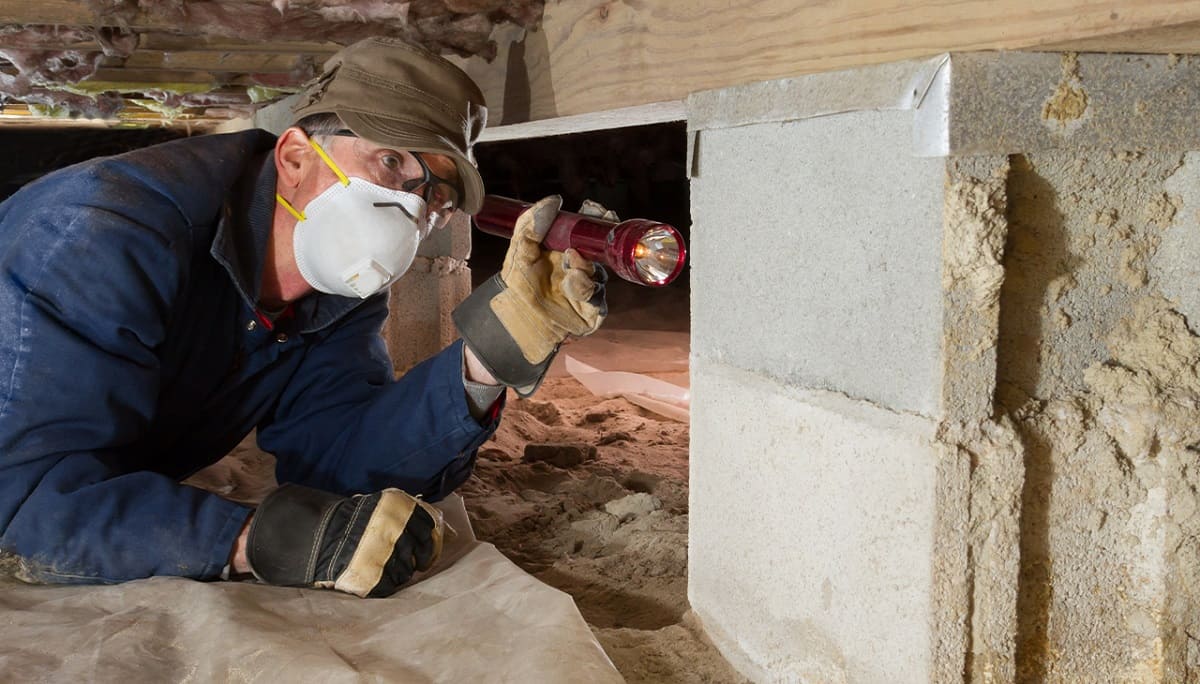
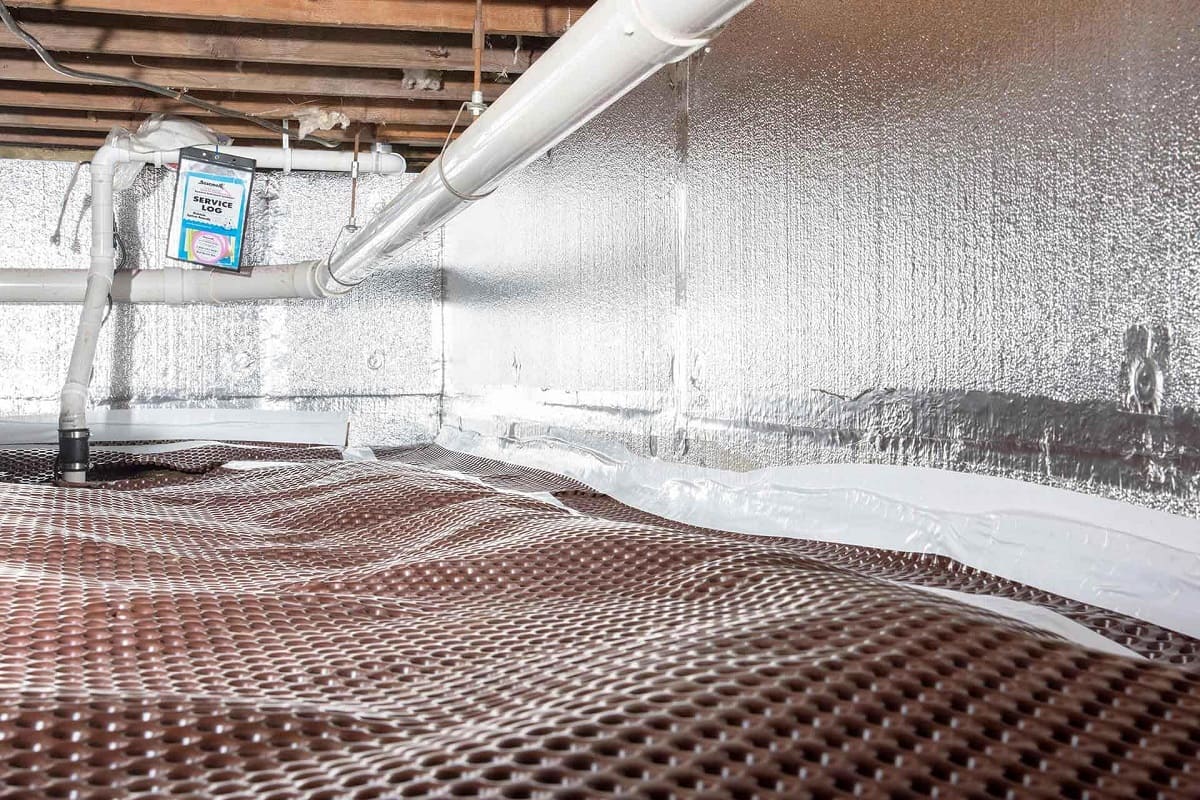
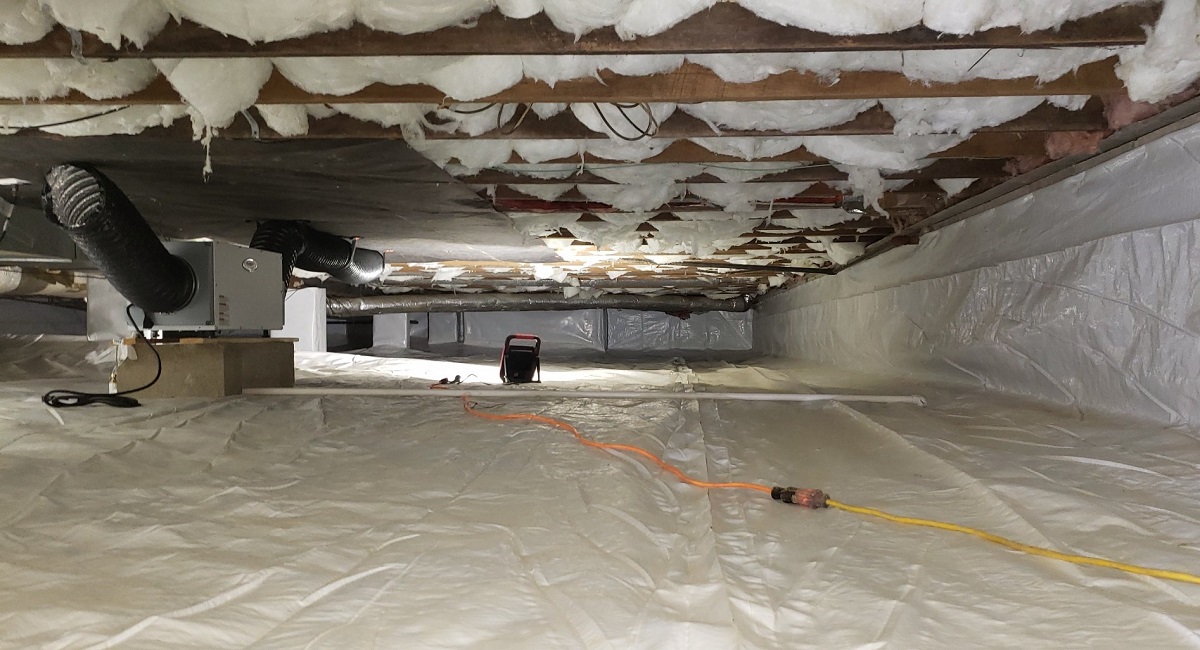
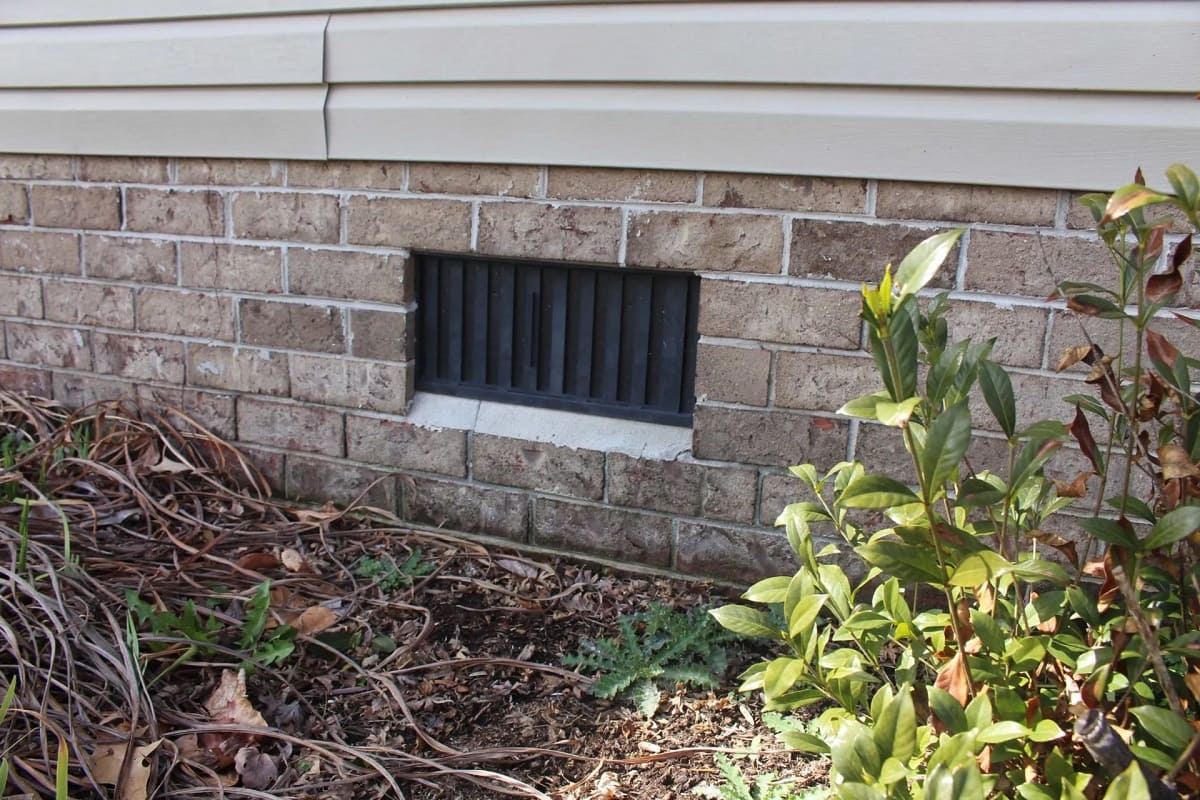
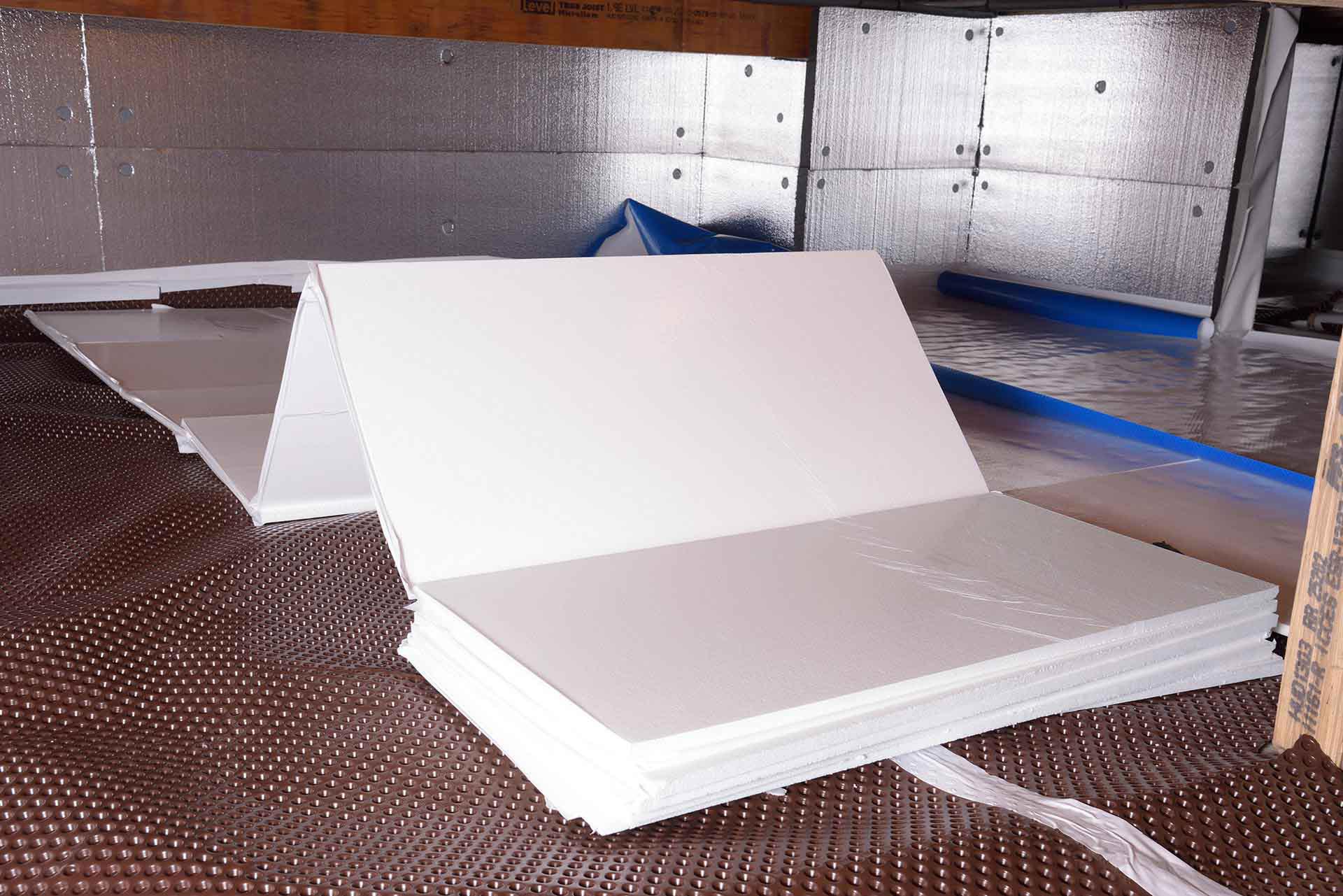
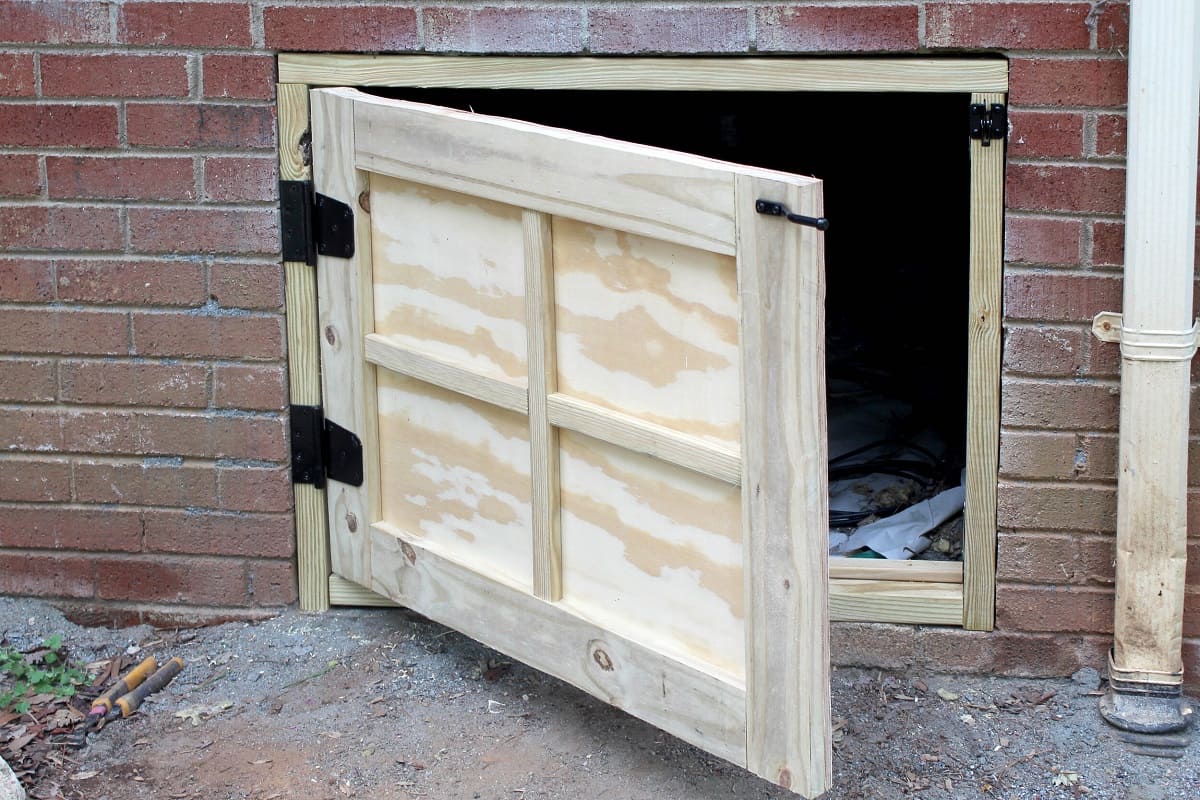
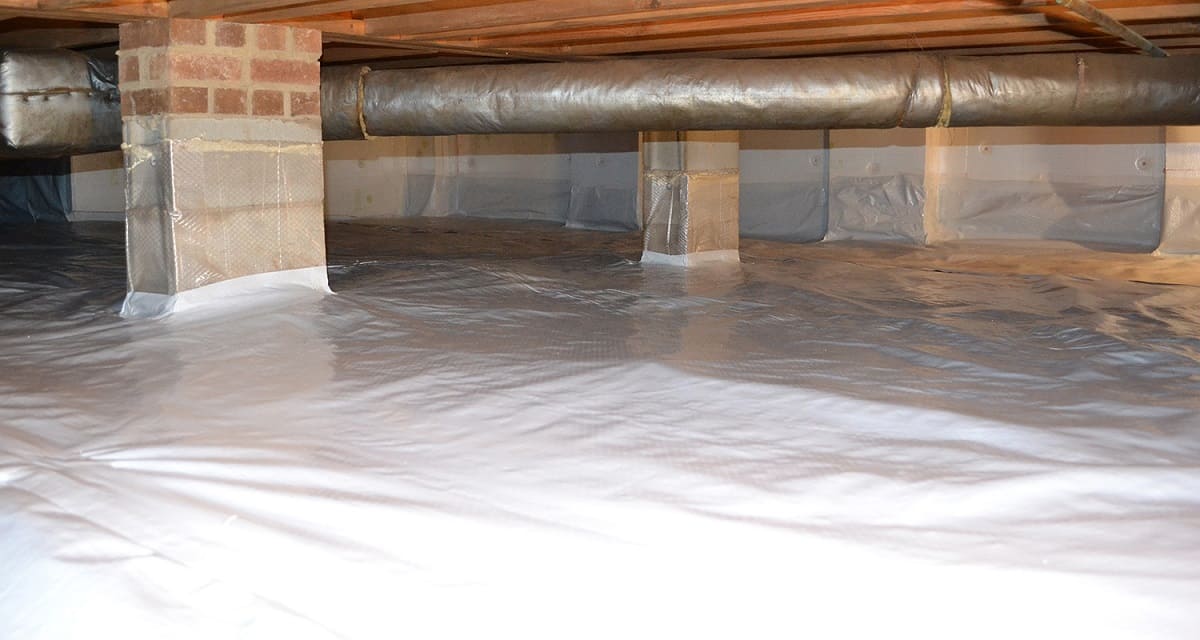
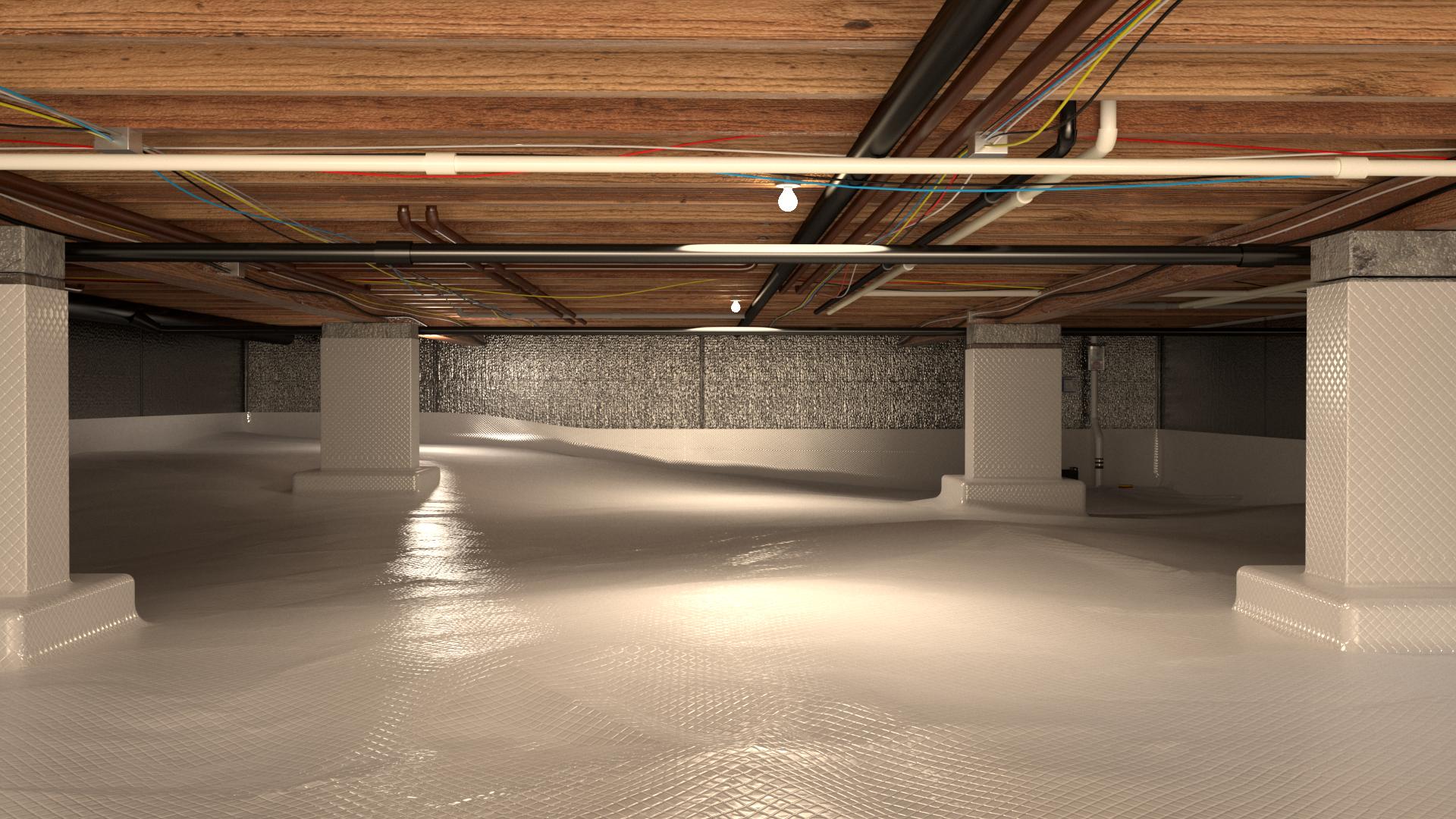
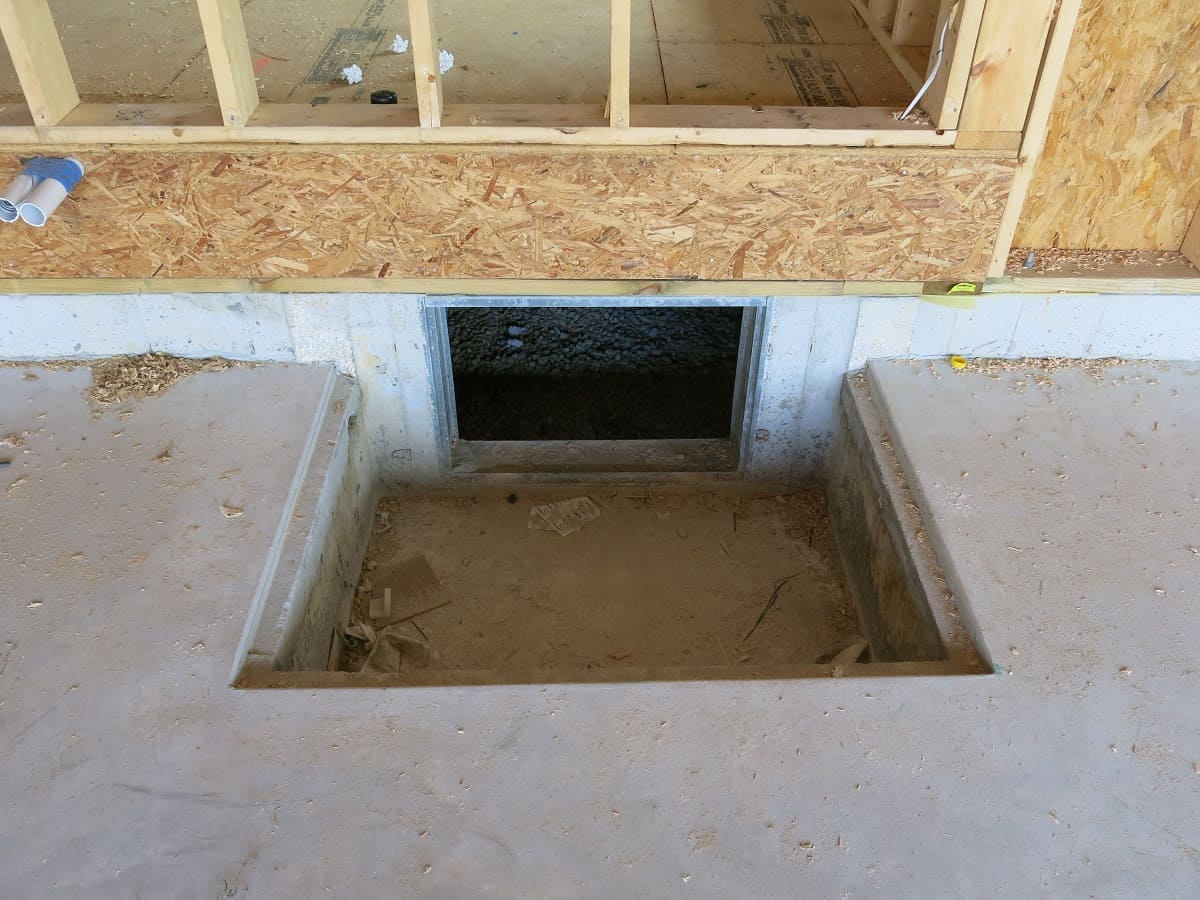

0 thoughts on “How To Fix Water In Crawl Space”